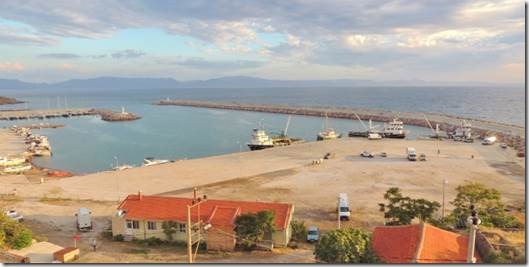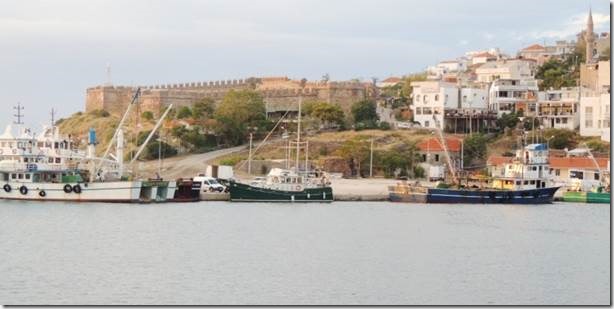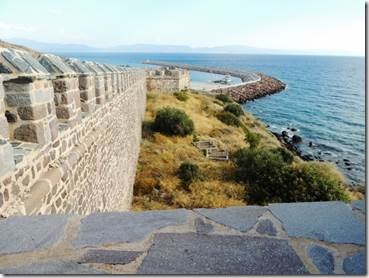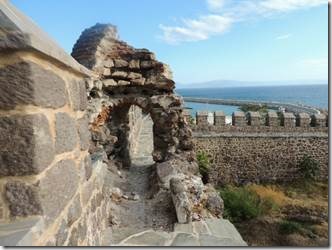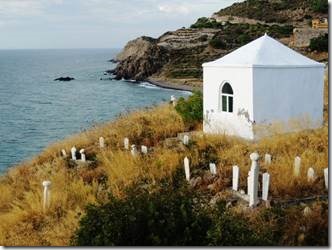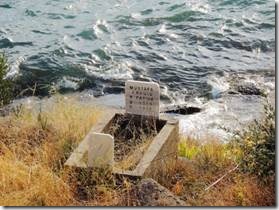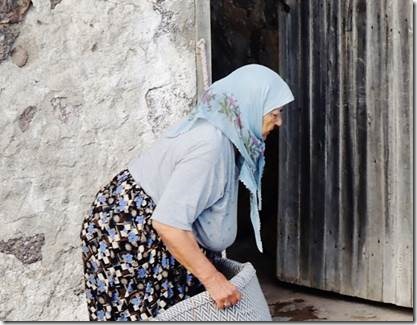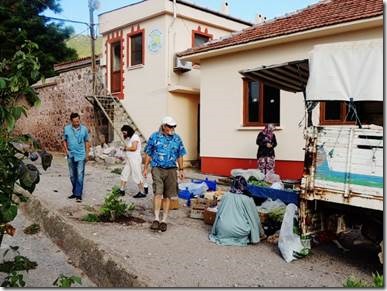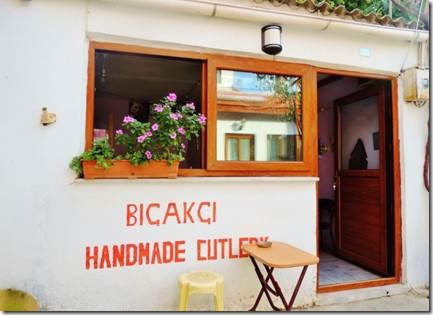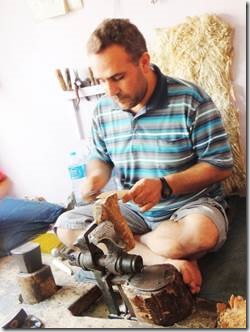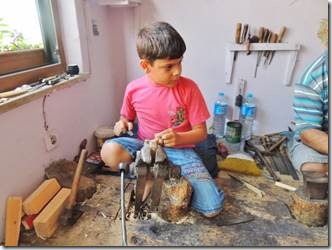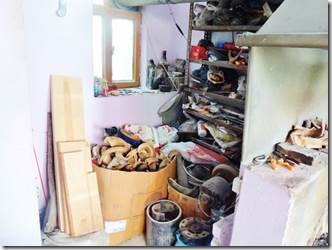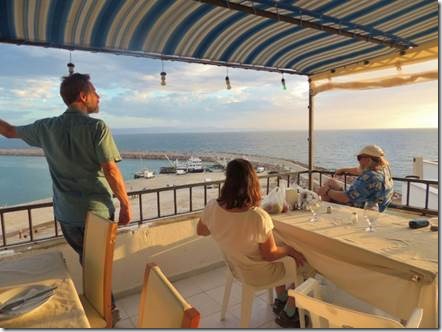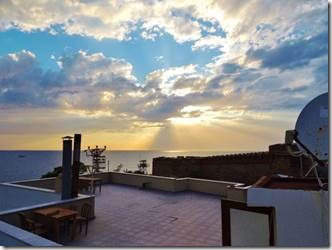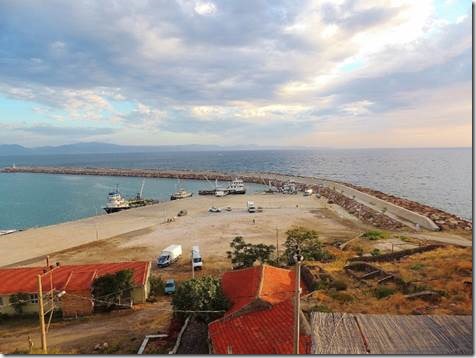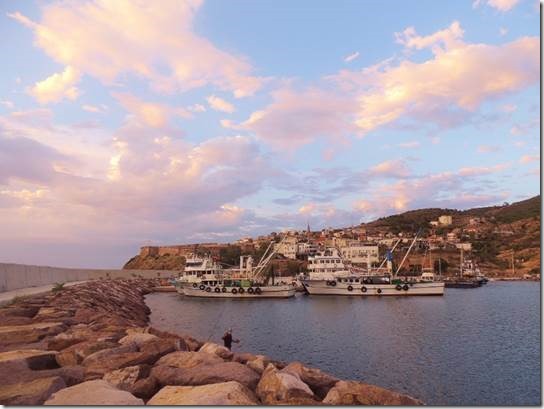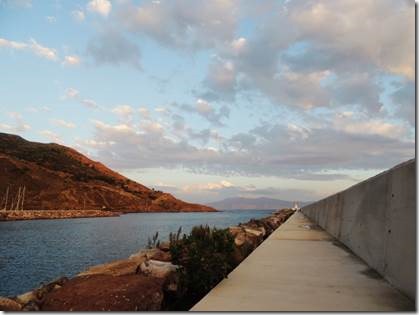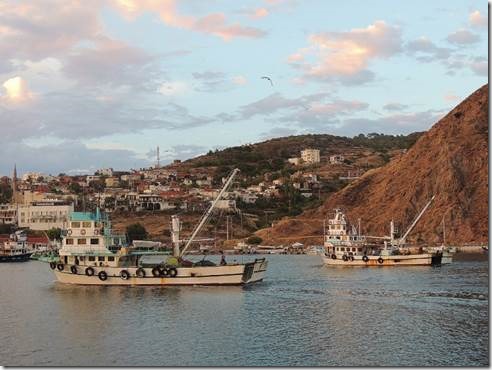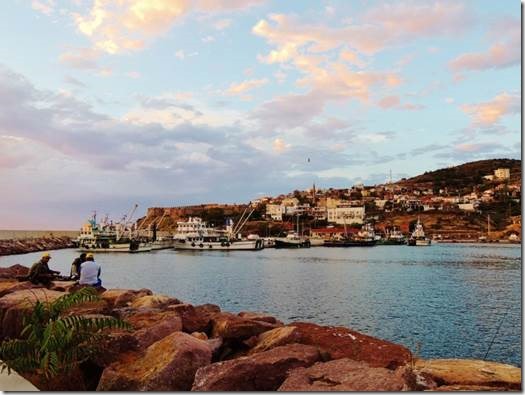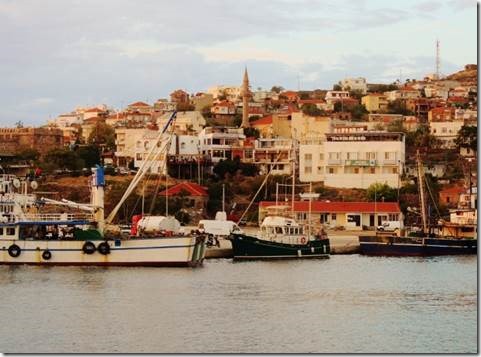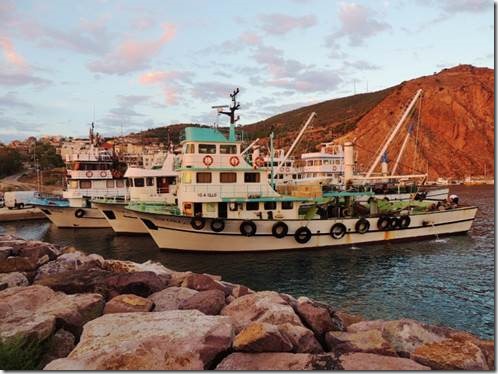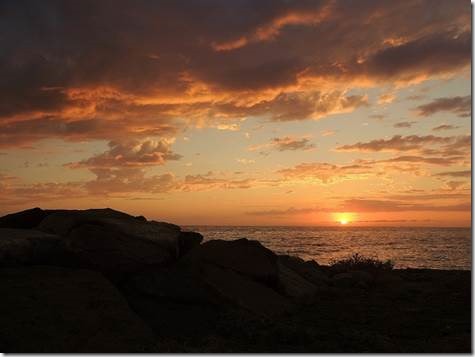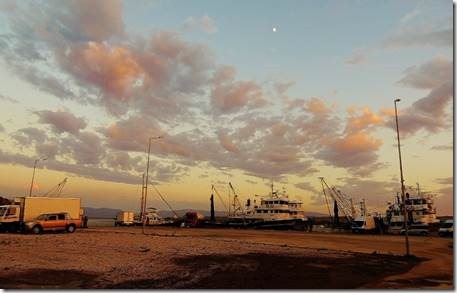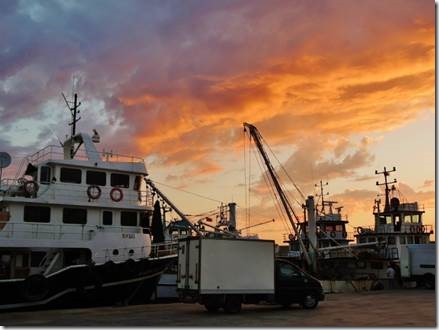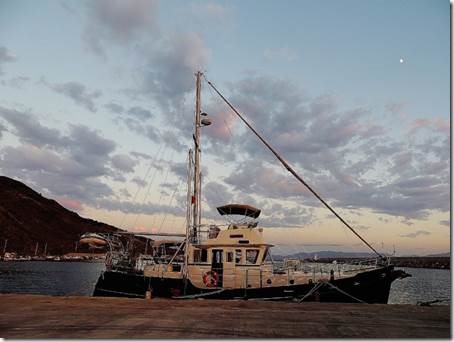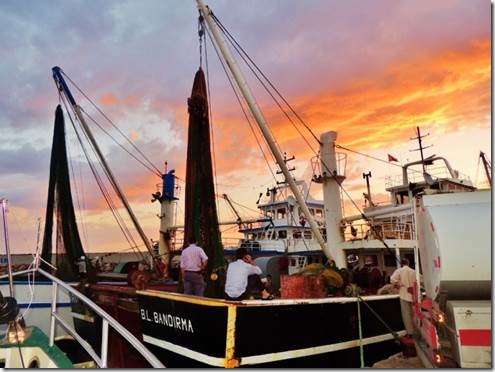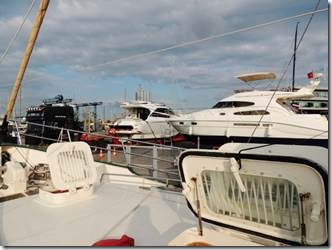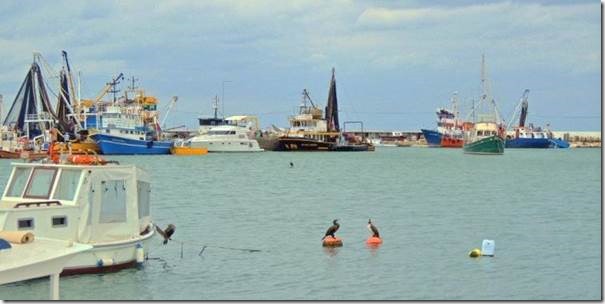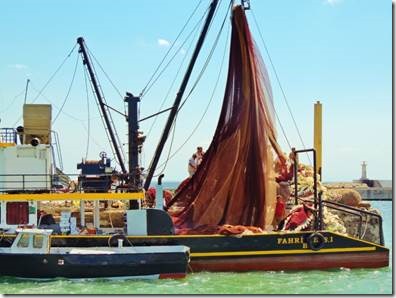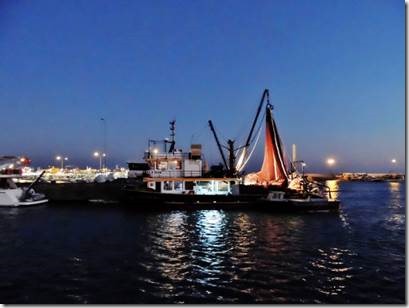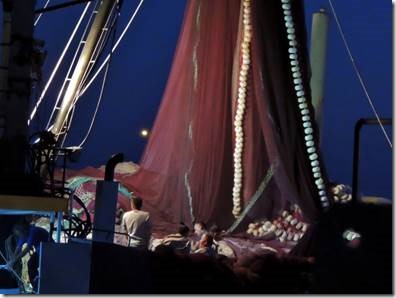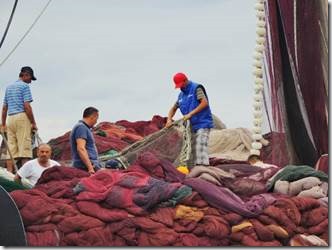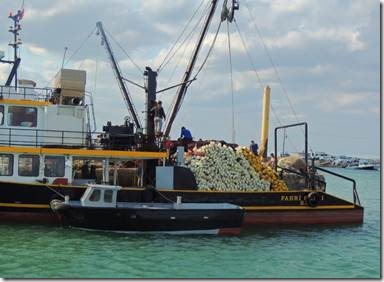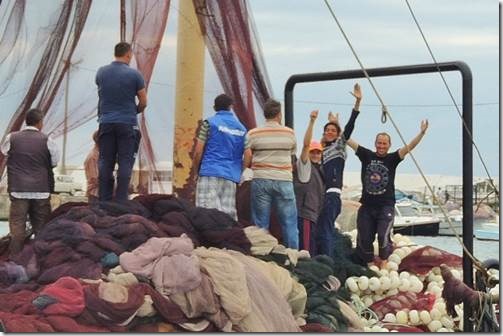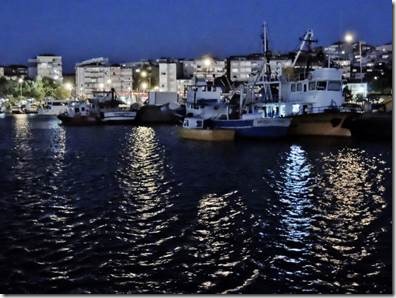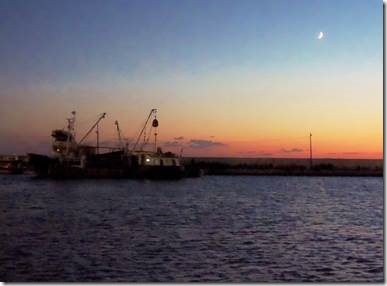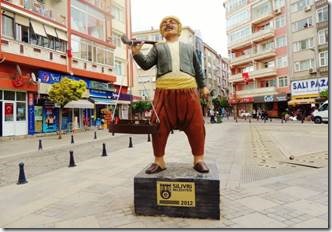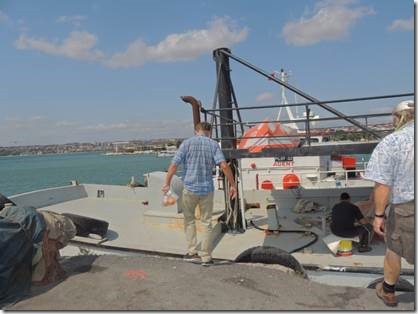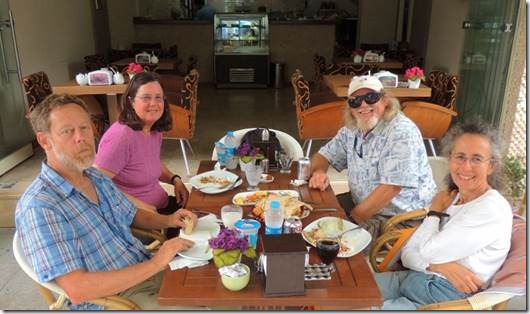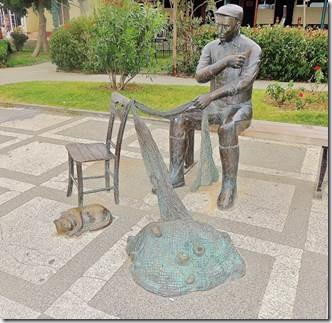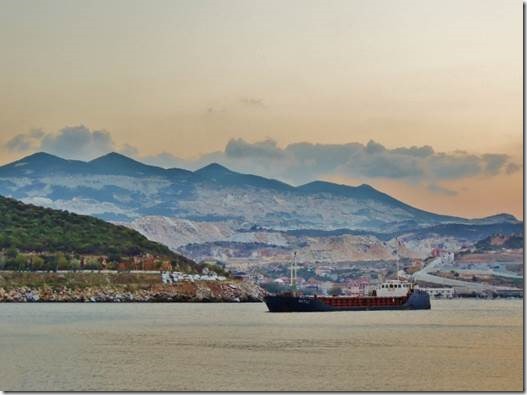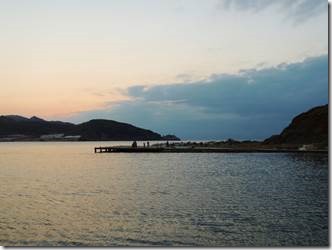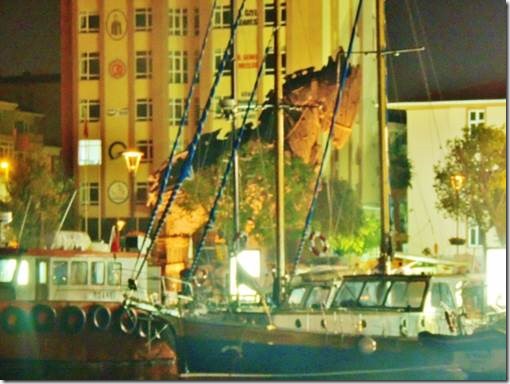Anchored off Bodrum
iyi akşamlar = good evening
Tomorrow we’ll be in Marmaris. Too many thoughts about that so I’ll just write about Babakale. We only spent one night but it will be a favorite for all the reasons in the tourist blurb below. I took too many photos but they will be some of the final ones of DoraMac’s passages. With us. Whoever her next owner will be, DoraMac have many more passages.
Ru
Babakale is the furthest western most point on Turkey’s Asian mainland. When you enter from the north you see Babakale’s long beach. The village is located on a high rocky terrain, covered with olive and plane trees. The freshly restored castle looks as if it is new and the narrow streets running past old village houses lead to the Bababurnu Lighthouse, a site known to all seafarers in the region. The olive and plane trees are peaceful. The castle was built in 1723 and was the last fortress erected by the Ottomans and characteristic of that period. Among the historic sites that survived to our day are the castle, the public fountain and the mosque. On the border between the Marmara and the Aegean regions of Turkey the sunset is of extreme beauty. This end point of the mainland that once was a base of the Ottoman navies and frequented by pirates, has a hill smothered in the scent of thyme. You can come across rabbits, boars, partridges and quails in all seasons. Those who reside in this quiet town are worried over the building of Çanakkale bridge, a proposed crossing between Asia and Europe over the Dardanelles. In clear weather it is possible to see Bozcaada and the even the houses on the island of Midilli nine miles away. Ak Port on the seaside is the best location for swimming. The beach is of fine sand and the sea is shallow for one hundred metres out.
The village was known in the past to be a den of pirates. One day Sultan Ahmed III was sheltering there from a storm while on a boat voyage. The villagers surrounded him and made many complaints about the corsairs. The Sultan soon tired of the villagers’ complaints and ordered his vezir (Ottoman Prime Minister) İbrahim Pasha to deal with it. İbrahim Pasha in turn appointed his son in law, the Kaptan-ı Derya (Navy Commander) Mustafa Pasha, to deal with the matter. By issuing a ferman (Sultan’s decree) it was announced that prisoners from the four corners of the country would be freed if they agreed to work in Bababurnu. The prisoners, by working flat out, finished the castle. For the public fountain they had to carry water from five kilometres away by pipelines. When they started to build the port Mustafa Pasha was killed in the Patrona Halil uprising.
The construction resumed years later. The throwing of dry bread in the water when one leaves for a cruise or fishermen sail from the port is an old tradition. According to a story told by Piri Reis in his Kitab-ı Bahriye (a famed Ottoman captain and his book on the sea) when he died the non-hard bread eating seaman Latif Baba a was buried in the Babakale village and whenever the navy passed here they would throw a piece of dried bread into the waters in the direction of the grave to bring them luck. The famed Ottoman traveller Evliya Çelebi also mentioned praying for Latif Baba when passing here. Now this tradition is also picked up cruise passengers.
The village make a living based on olives, shoe and knife making. In recent years tourism has been added to its sources of income. Its knife making goes far back in history. There are families that have been making knives for six generations. The steel they take from cars is their material. The make handles from the loquat tree and the sheaths from the wood of poplar trees. The knives are functional and very sharp. But the numbers of those keeping up this traditional occupation are gradually decreasing.
As it is positioned at the crossing point between Marmara and the Aegean, according to the season you can get mackerel, bonito, bluefish and sea bream, as well as very nice calamary. You can sample fish in the village
Babakale is 100 kms away from Canakkale city center.
http://www.canakkale.com.tr/Highlights/Babakale
|
We were too big for the far side of the marina so were waved over to the fishing boat docks which were still fairly empty when we arrived just past 5 PM. We secured the boat and then went off to visit the fortress and find some dinner. |
|
The fortress and town just steps away from Doramac taken after dinner when I walked to the lighthouse at the harbor entrance. |
|
Below the fortress walls were head stones, one reading 1316 to 1970. I think the first date is based on the Islamic Calendar |
|
Looking down from the fortress I spied this woman. She was dressed all in blue with lovely blue shoes to match. I’m sure someone’s grandma. Büyükanne = elder mother |
|
We bought some vegetables here and some strawberry jam from some ladies near the fortress. |
|
His grandfather made knives and his son is learning now. Animal horns for the handles |
|
After dinner of grilled fish for Randal and me, calamari for Mary and a meatball dish for Rick we watched the fleet of fishing boats come into the harbor and hoped we’d not taken someones spot. |
|
Looking down at the restaurant terrace next to ours and watching the sun begin to set. |
|
After dinner I walked along the breakwater to the light house. |
|
The fishing boat that came into the harbor all fit in next to each other. |
|
Walking towards the harbor entrance and light |
|
More fishing boats coming into Babakale and they all managed to fit around us. Some came to unload their catch, some to take on ice and provisions. Some took on fuel. We just weren’t sure exactly what they were all doing. |
|
The sun was setting over the sea at the foot of the fortress walls |
|
The moon was rising over the fishing fleet and DoraMac |
|
Our bow was right up to the stern of the fishing boat in front of us. |

